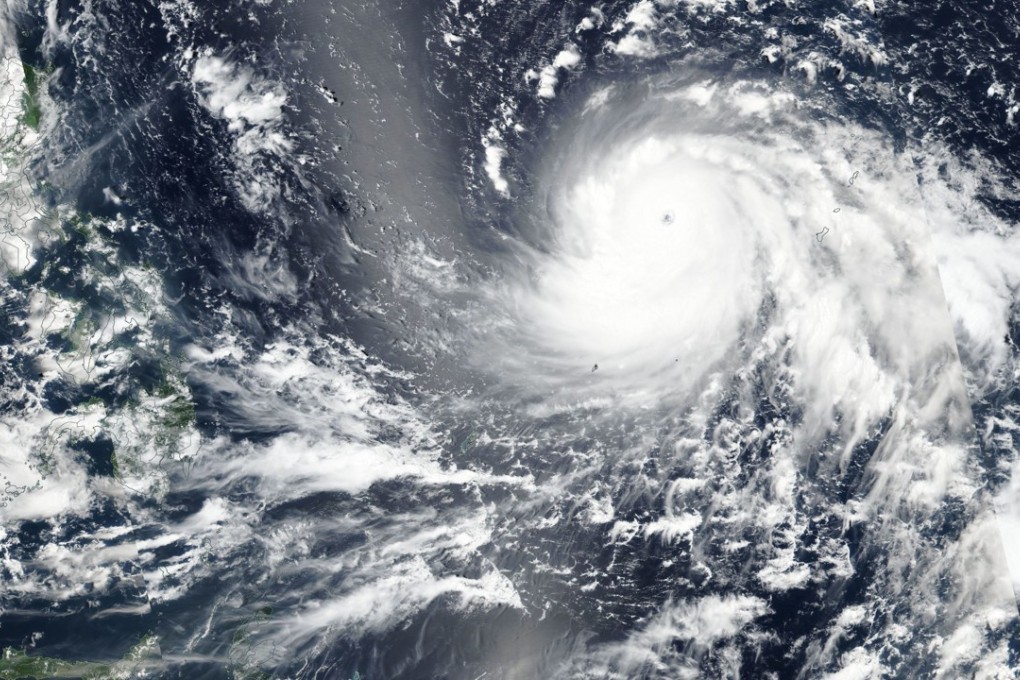Mangkhut changes course from Taiwan but heavy rains expected as super typhoon grows
Direct hit no longer a concern but torrential rain expected in south and east

Super Typhoon Mangkhut has continued its west-northwesterly direction in a path likely to hit Luzon in the Philippines instead of Taiwan, to the relief of residents on the self-ruled island.
But weather authorities warned the typhoon, billed as the most powerful this year, had grown bigger and could bring torrential rains to southern and eastern Taiwan between Friday and Saturday.
“If the typhoon continues on its current path, it might not hit Taiwan and the eye of the typhoon is forecast to pass through the northern tip of Luzon by Friday,” said Wu Yi-fan, forecaster of the Central Weather Bureau on Thursday.
Wu said that if the radius of the typhoon increased to 300km (186.5 miles) Taiwan would still issue a sea warning, although there should be no impact on land.
She said that after passing through Luzon, the typhoon was expected to move to Hong Kong, Macau and Hainan Island by Saturday. Travellers to the area were advised to check for flight cancellations.